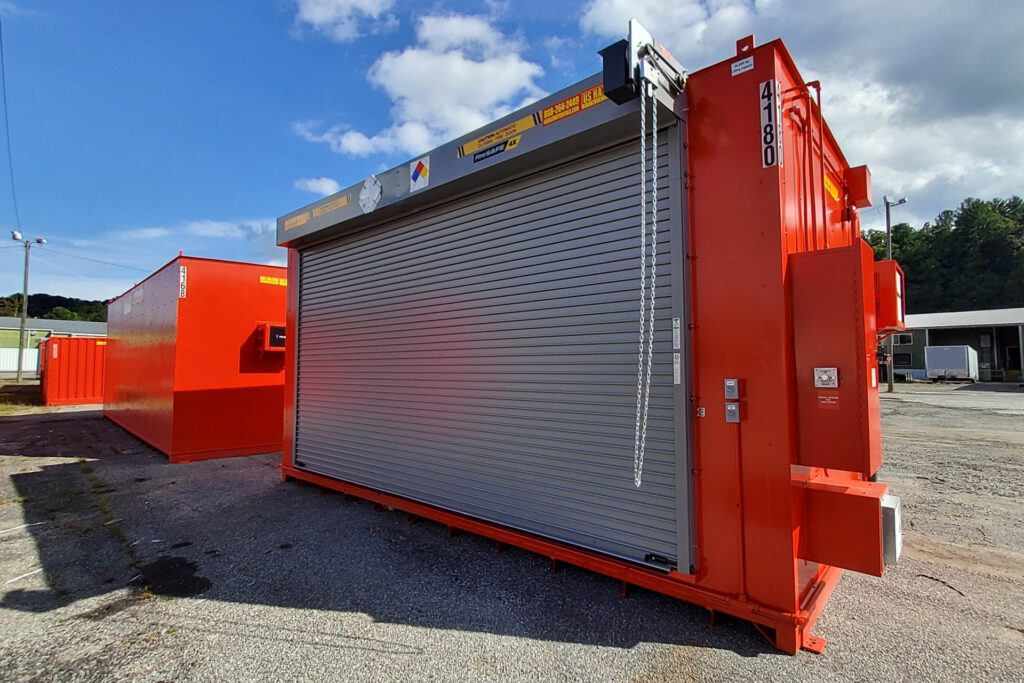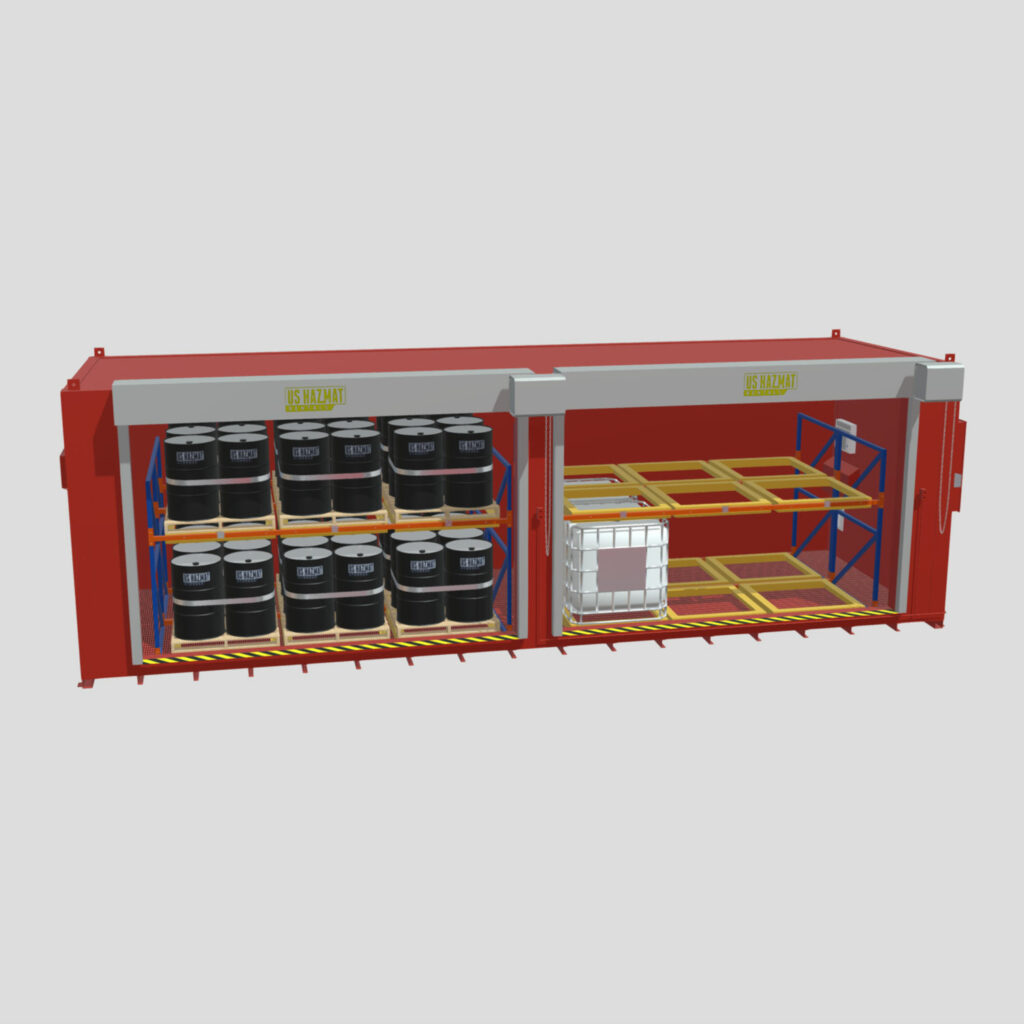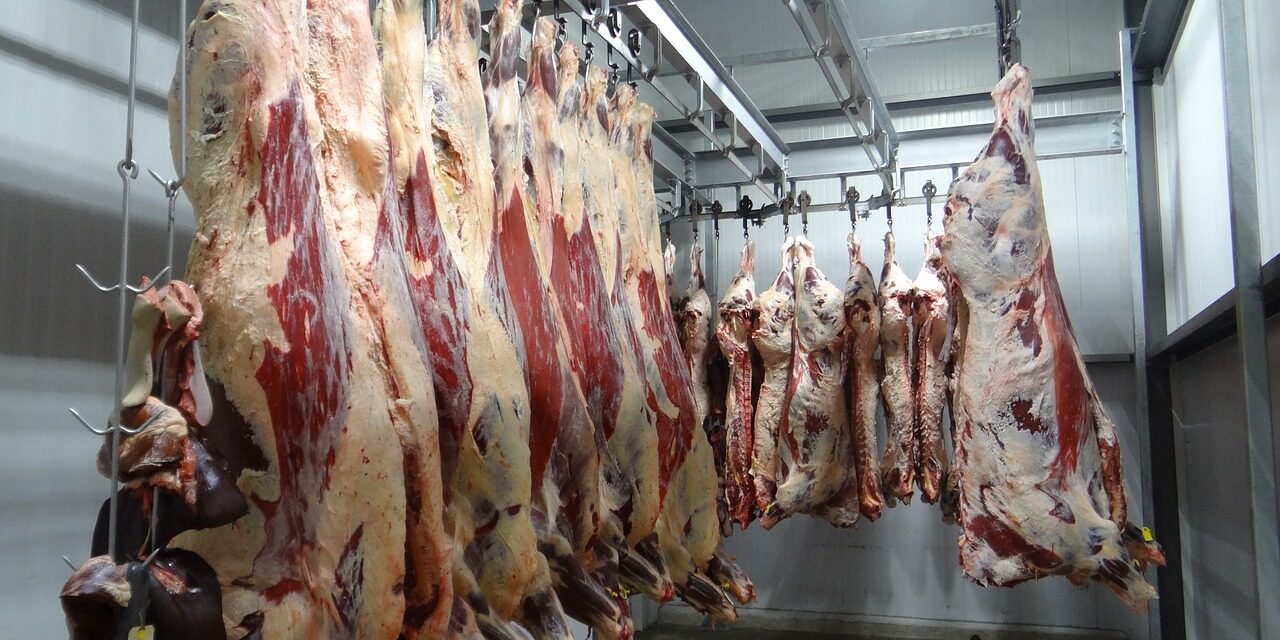OSHA’s got beef with a Midwest food manufacturer after a forklift incident led to the amputation of a worker’s fingertip last year. An investigation by the federal agency reveals the worker’s fingertip got caught in a forklift attachment while positioning materials. The worker’s finger was medically amputated a few weeks following the incident. Unsurprisingly, OSHA launched a full-scale investigation of the facility following the freak accident. The agency found eleven other serious safety and health violations at the company, Nebraska Beef Ltd. Among the most pressing violations is the company’s failure to protect employees from electrocution hazards. U.S. Hazmat Rentals can provide experienced guidance and expertise in ensuring your company doesn’t fall victim to accidents from safety hazards and subsequent OSHA penalties.
Nebraska Beef Faces $274K in OSHA Penalties
If not for the swift intervention of OSHA inspectors, the employees of Nebraska Beef could lose more than just a finger as the more egregious violations could’ve resulted in serious bodily harm. Back in October, OSHA found the company failed to employ proper lockout/tagout procedures for hydraulic dock plates and enclosures. Failure to properly “lockout” equipment is currently the agency’s sixth most cited violation nationwide. Lockout tagout procedures is a protection system against unmitigated and unintentional employee exposure to dangerous materials. A padlock, for example, or warning tag warns and prevents employees from using dangerous equipment while not in operation. Most warning tags consist of an alternating diagonal background of red and white stripes beneath a prominent “Warning” label affixed to the top of the tag.

A Sign of the Fines
There’s no handholding or coddling when it comes avoiding OSHA penalties. Once you get on OSHA’s bad side, it’s hard to come back into their good graces. Getting a visit from an OSHA inspector is like taking your car to the mechanic for a tune-up after years of ignoring routine maintenance. Chances are you’ll be a given a list of deficiencies or “necessary repairs” to get your operation back in working order. The situation was no different for Nebraska beef. Once federal inspectors arrived on the scene, they found a list of willful violations at the plant. Federal investigators additionally cited the company for unsafe working surfaces, fall and electrical hazards, lack of safety kits, as well as unsafe battery maintenance.
“An employee of Nebraska Beef Ltd. suffered a permanent injury because the company knowingly ignored safety measures that are meant to prevent this very type of incident,” Matthew Thurlby, OSHA’s Omaha area office director, said in an agency statement. “The company must reassess its safety training and procedures immediately to keep other employees from suffering needless injuries.”
Compliant Chemical Storage Can Prevent OSHA Penalties

Safety at the workplace begins with organization and preparedness. Most workplace accidents come as the result of lackluster storage and inventory practices. Clutter has no place at the job. Haphazard organizing of tools and equipment can lead to fall and trip hazards, as well as inadvertent exposure to dangerous chemicals. Our fire-rated chemical storage lockers can streamline operations and production by providing compliant centralized storage of dangerous chemicals. Hazardous materials segregation also allows for the easy removal and retrieval of dangerous yet necessary chemicals for production, thus streamlining operations and improving efficiency.

Having temporary onsite storage protection also instills vigilance and underscores safety at the workplace for your employees. They’re likely to exercise more caution and pay closer attention to their tasks once they see a large chemical storage warehouse at the jobsite. The simple presence of a chemical storage locker adorned with the federally required hazard placards tells your employees that you mean business when protecting them while on the job. Compliant chemical storage pays enormous dividends in both profits and intangible metrics of high productivity, including employee morale and low overturn.






